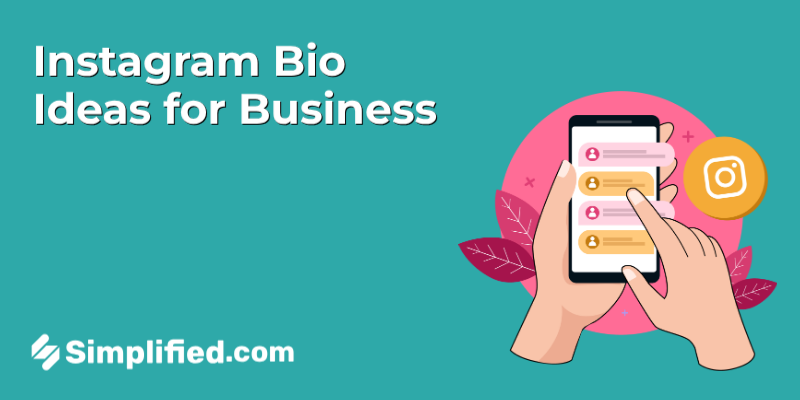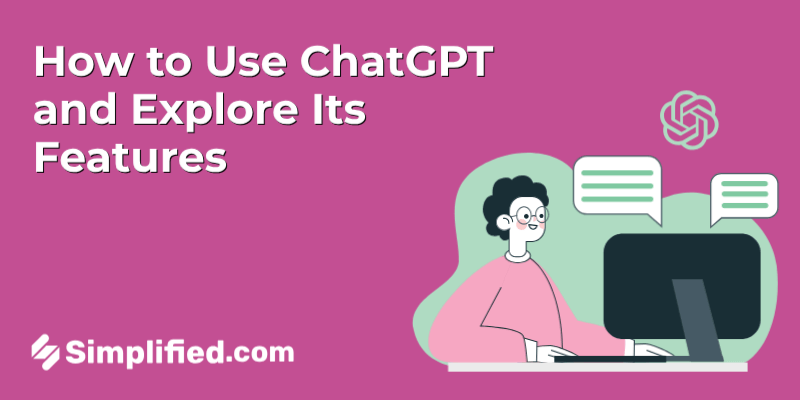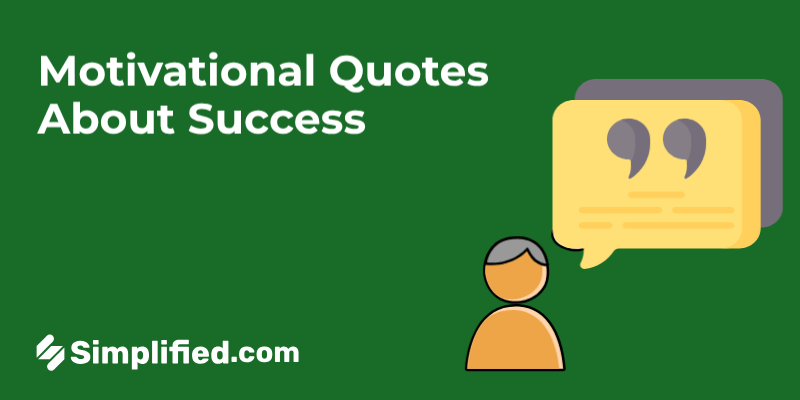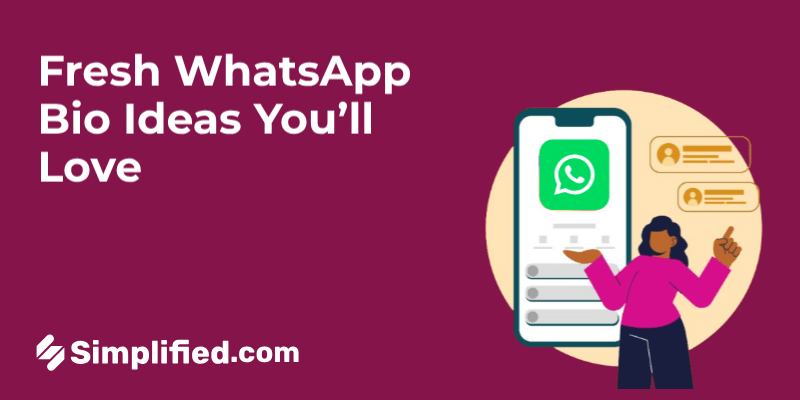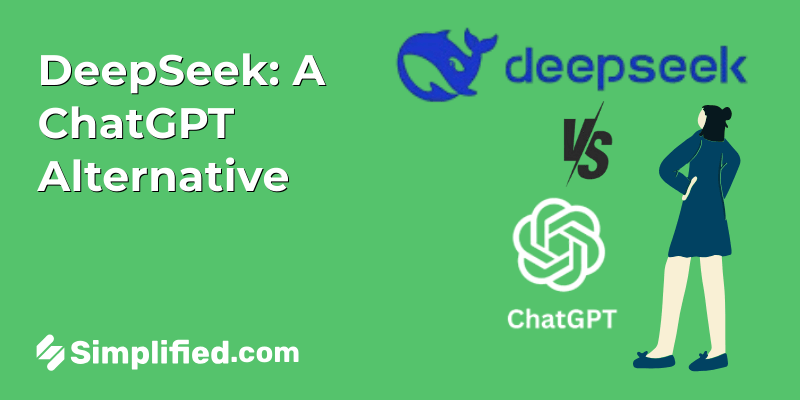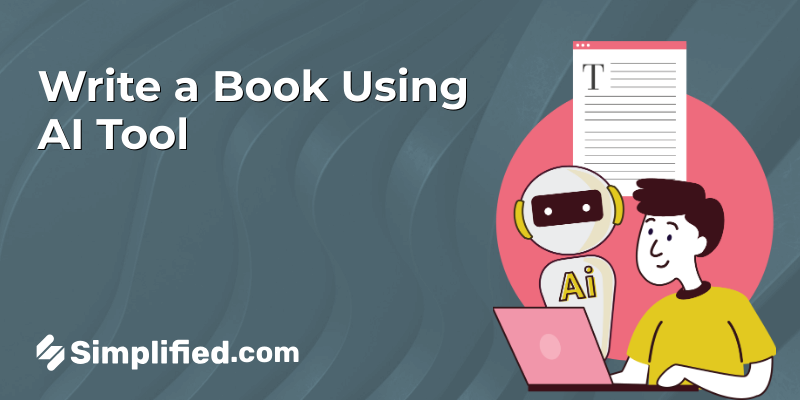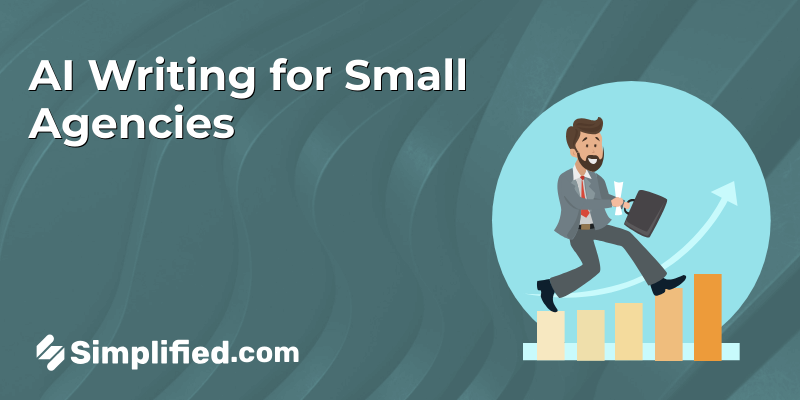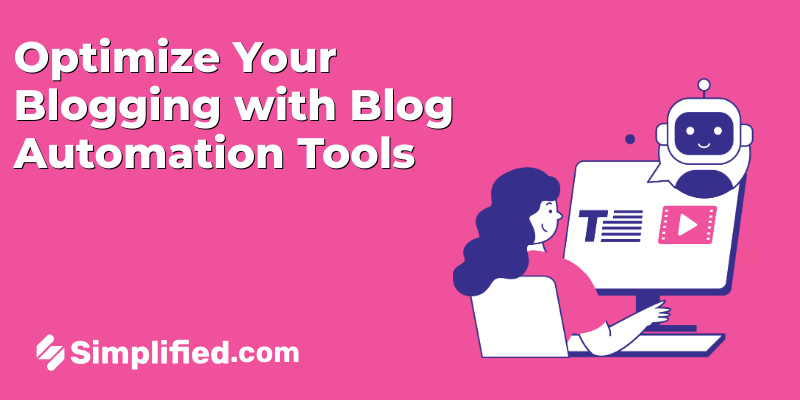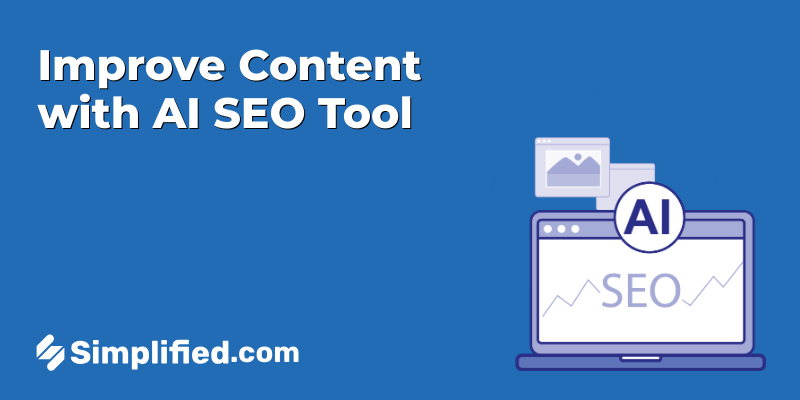
Looking to captivate your audience’s attention with a slogan they’ll remember? No matter what kind of organization you need it to use it for, the steps to developing a memorable slogan are pretty simple and straightforward. If you’re struggling to come up with the perfect slogan, consider using a Slogan Generator to spark some creativity.
In today’s article, we’re breaking down how to make a slogan — step-by-step.
Grab a pen and a brainstorming notepad, and let’s get started!
1. Set a goal for your slogan
Don’t settle for a catchy phrase just because it sounds good. When developing your slogan, consider your unique goals and who you’re creating it for.
For instance, if you’re creating a business slogan, you’ll need to know the target market you’re making it for and how you want them to remember your company. For example, “We’re a B2B SaaS brand, and we’d love for project managers to think of us as the best one-stop shop for all their project management needs”.
Or, if you’re creating a brand slogan for a nonprofit, you’ll need a clear objective, such as “We’d like to create a powerful slogan that conveys our heart for funding women-owned businesses in Guatemala.”
So, think about it: Why do you need a slogan? What do you want to be known for? What do you hope the slogan will help you achieve? Keep this in mind as you move through steps two through five.
2. Identify your slogan’s style and tone
Consider your marketing strategy and your organization’s messaging preferences to solidify your slogan’s style and tone.
If you have a company style guide in place, pull that out as a handy reference tool. If not, consider creating one so your brand voice remains congruent across all your marketing channels.
Then, describe your perfect slogan’s “sound.”
Is it … Rhymey? Sentimental? Straightforward?
Do you want it to include a catchy phrase — or would you prefer a timeless slogan instead?
Get descriptive and focused.
For instance: “We’d like to create a persuasive slogan that sounds straightforward, professional, and establishes our credibility.”
Or: “We’d like to develop a fun slogan that sounds positive, energizing, and conveys our organization’s playfulness.”
3. Brainstorm slogan ideas
Now that you’re clear on your goal, style, and tone, it’s time to flex your creative juices and brainstorm slogan ideas.
Here are four simple approaches to get the ideas flowing — complete with examples!
The brain dump method
Start by identifying your target audience’s needs and interests.
For instance, Nlyte, a DCIM software company offering solutions to help companies focus on their data center sustainability, targets specific industries such as telecom or financial services, so its slogan should cater to this audience.
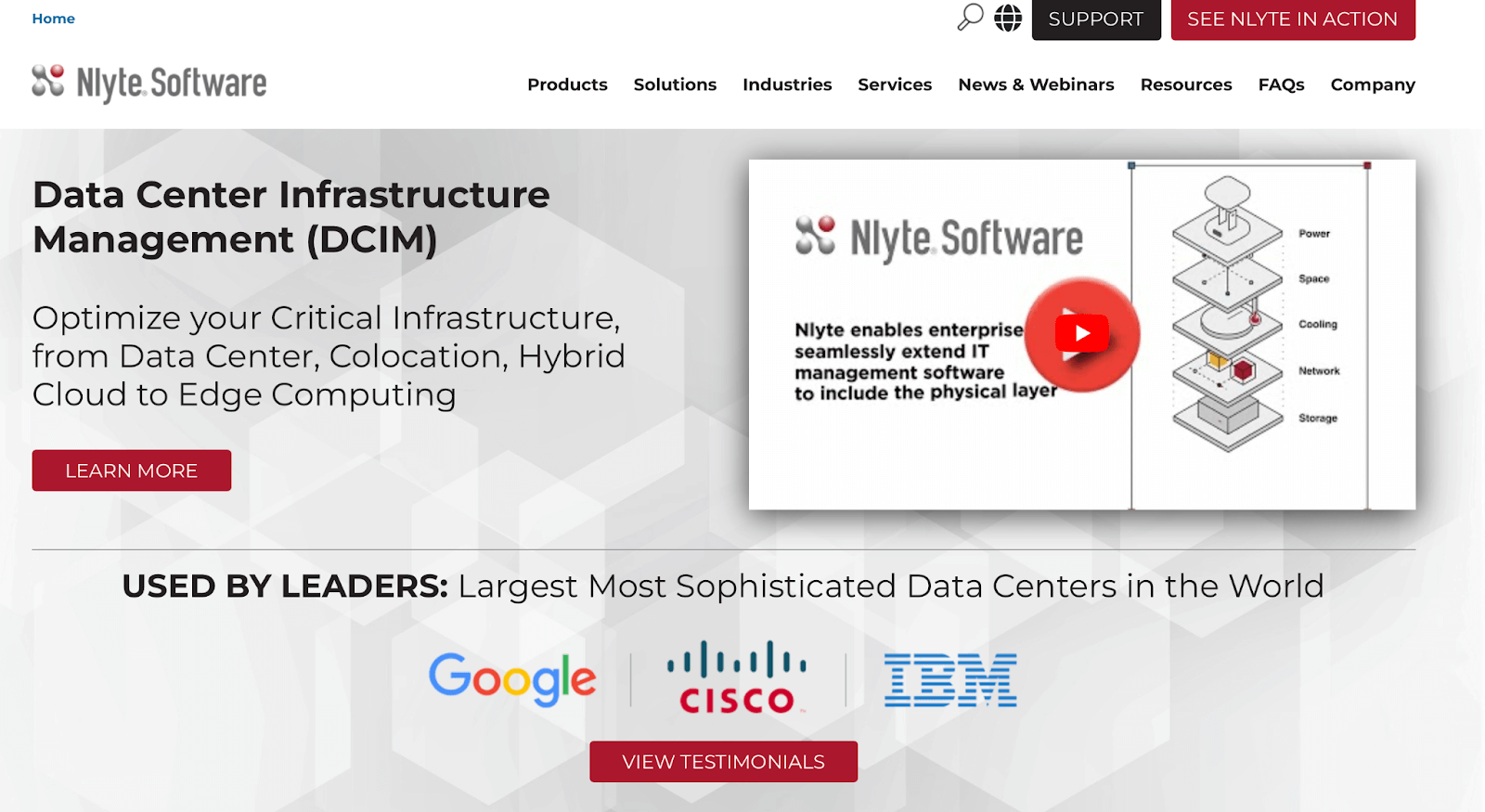
Next, brainstorm as many ideas as possible. Think about the value your product or service provides to help you generate potential slogans.
The straightforward approach
If you run a B2B business, sell a complex or nuanced product/service, or need to get your message across immediately, try the straightforward method when developing your slogan.
For instance, Voices, a voice marketplace that helps brands find voice talent for their creative projects, used the straightforward approach when it created its slogan, “Hire Professional Voice Actors.” As an online brand in a unique industry, this strategy helps Voices clarify its main offer to its target audience in just four simple words.
The spokesperson/influencer strategy (ideal for social proof slogans)
If you have the funds, consider tying your slogan to a spokesperson or influencer you’re collaborating with.
*Pro-Tip: Beat writer’s block using a slogan generator to brainstorm examples. Simply input your ideas and watch the slogan maker do the rest! You will save hours of thinking and really be able to focus on what brings you joy. With an AI generator, you can create slogans that cut through the noise, leaving a lasting impression on your audience.
The competitive advantage method
Try the competitive advantage method if you’ve just launched a new brand or need to stand out in a crowded market.
For this approach, you’ll need to:
- Create a (or reflect on your) value proposition
- Jot down the best, most descriptive terms that define your brand and the value you offer
- Outline your audience’s specific pain points and the solutions you provide as a result
For instance, if you’re a career coach, your value proposition might be, “I help ambitious professionals plan career paths based on their core values and big-picture goals.”
And some descriptive terms that define your brand and the value you offer could be:
- Coaching and consulting professionals
- Coaching mid-level professionals
- Coaching new graduates
- Startup consulting
- Core values
- Career paths
- Big picture goals
- Business goals
- Confusion to clarity
- Poor results to success
- Lack mindset to growth mindset
- Schedule a meeting
- Book a free discovery call
And your audience’s pain points and the solutions you offer could be:
- Lacking direction ▶️ Clear career roadmap to success
- Lacking networking tools ▶️ Build meaningful connections with the right people
- Lacking clarity ▶️ Examine core values to develop a clear end goal
From here, look for patterns and similarities to generate slogan ideas. Use the “pain point + solution + call to action (CTA)” framework to keep things simple.
For instance, if you want an inspiring and positive-sounding slogan, you might decide on: “Lacking career clarity? (pain point) I’m here for you! (solution) Ask me about my career roadmap action plan.” (CTA).
Or, if you want a professional and formal slogan, you might choose: “Need startup consulting? (pain point) I’ve helped 200+ unicorn startups hit their business goals in six months or less. (solution) Book a meeting to learn more.” (CTA).
Finally, refine your slogan ideas to make them short and sweet.
For instance:
“Lacking career clarity? I’m here for you! Ask me about my career roadmap action plan.”
→ “Your trusted career clarity coach. Grab your action plan today!”
And:
“Need startup consulting? I’ve helped 200+ unicorn startups hit their business goals in six months or less. Book a meeting to learn more.”
→ “Unicorn startup consultant, trusted by 200+ startups.”
An added bonus to keeping your slogan short & sweet is that when you put it up on your website, you can be sure it won’t crowd the page when viewed on mobile devices.
Bonus: 13 Companies That Nailed It: Catchy Slogans & Brand Taglines
4. Test your slogan ideas
Any good PR rep will tell you that effective slogans are tried and tested long before they’re finalized.
Before rolling out your slogan to potential customers and stakeholders, consider A/B testing your ideas to see which performs best.
You can also send surveys, forms, and polls to your audience members and loyal customers, or hire a focus group, for additional feedback. You can then use marketing analytics software, input all the information you get, and get the best feedback possible.
5. Finalize your slogan
After combing through and analyzing your test results, it’s time to finalize your slogan!
If your audience loves several options, consider using all of them across your marketing channels. Just vary the purpose you use them for.
For instance, consider integrating a short and punchy option into your website’s homepage header image if you have a short, punchy option. If you have a more personalized, extended option, consider including it in your social media bios. And if you have a descriptive, high-value option, consider using it in your ad and landing page copy.
Wrap up
Creating a catchy slogan may sound overwhelming, but the trick is getting clear on your goal, style, and tone. From there, brainstorm some ideas, test them, and finalize your slogan.
Remember, if you get stuck, use a slogan generator for support! These AI tools have a knack for beating writer’s block so you can refocus your messaging and finalize your results.
That’s it for today.
Here’s to your success!

